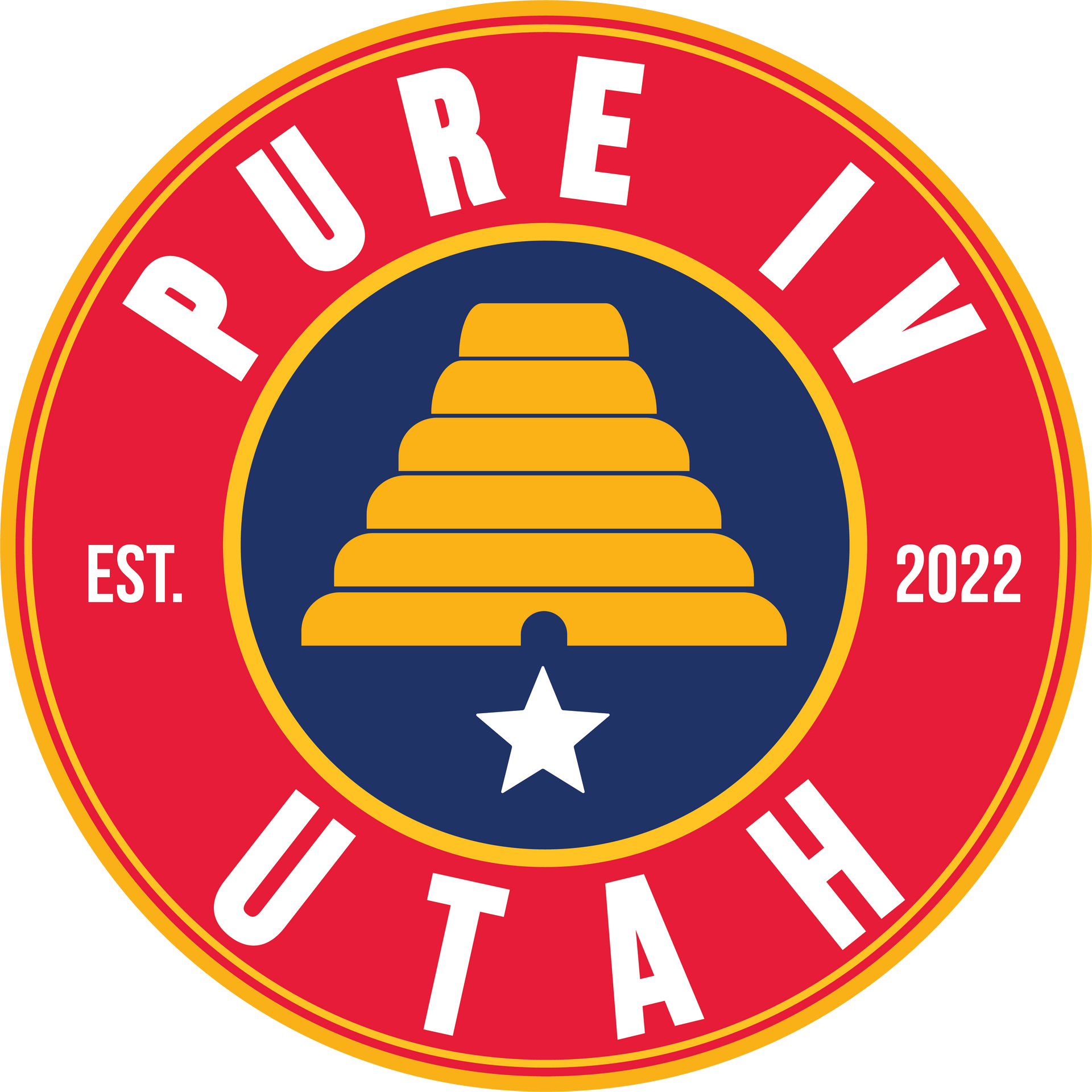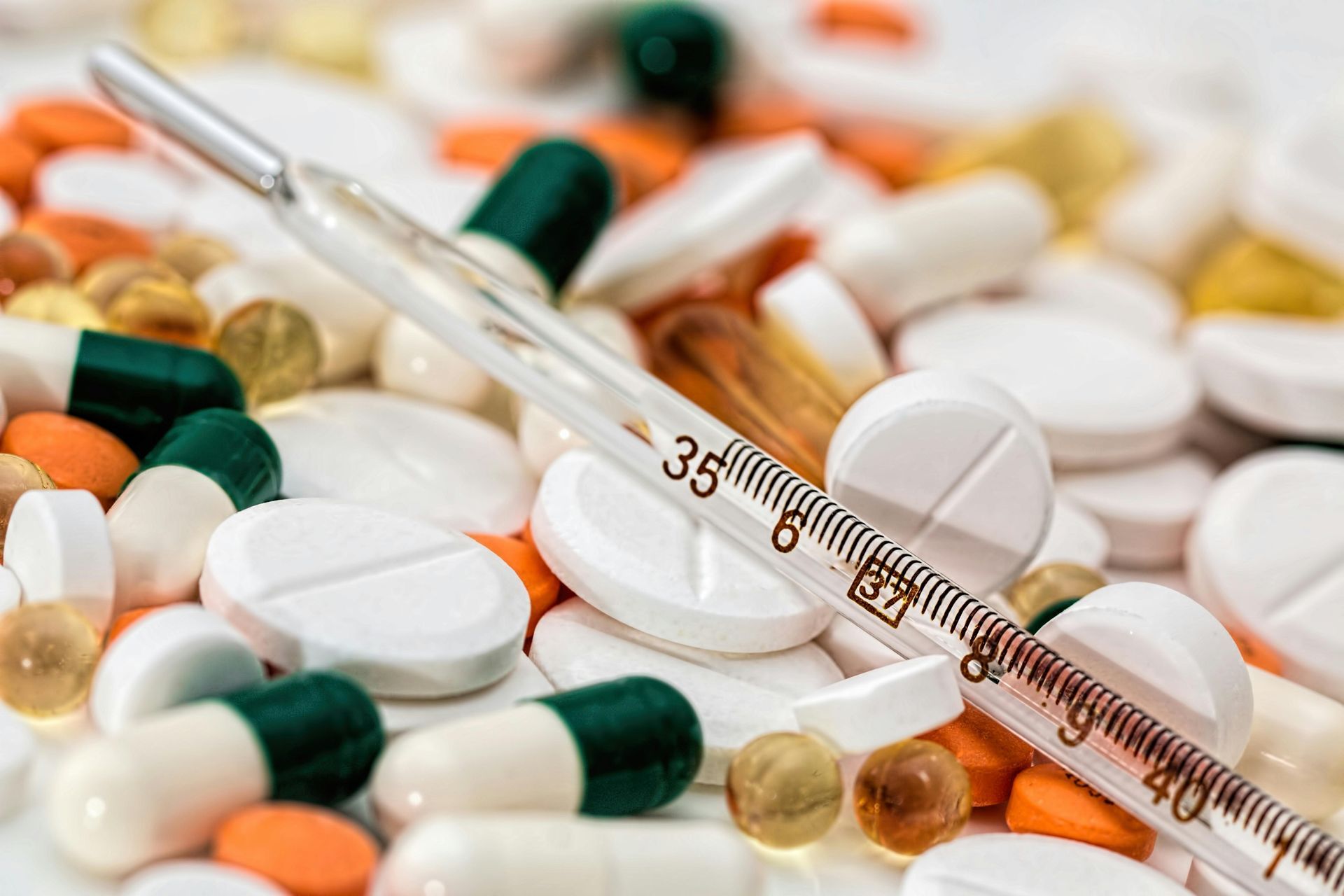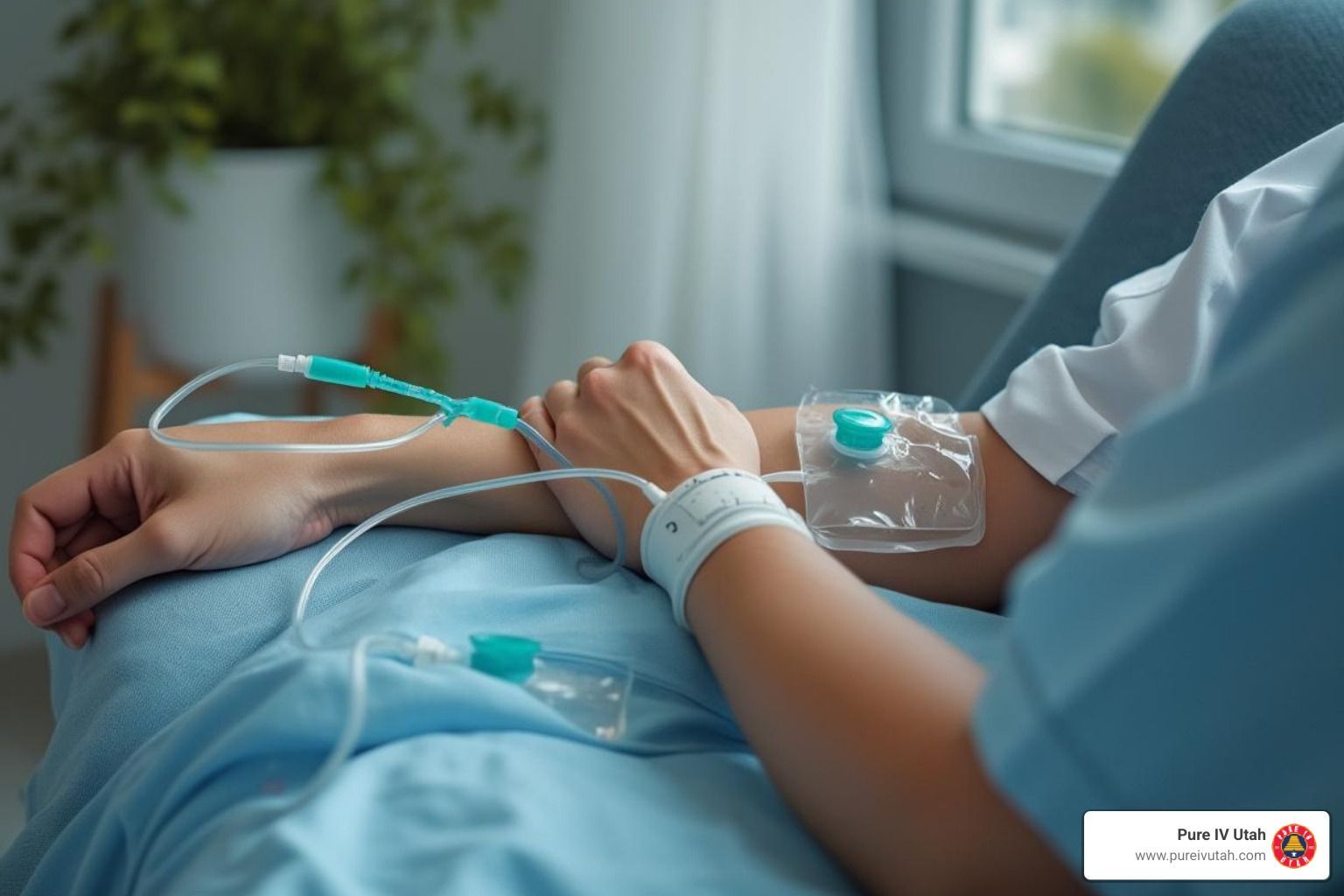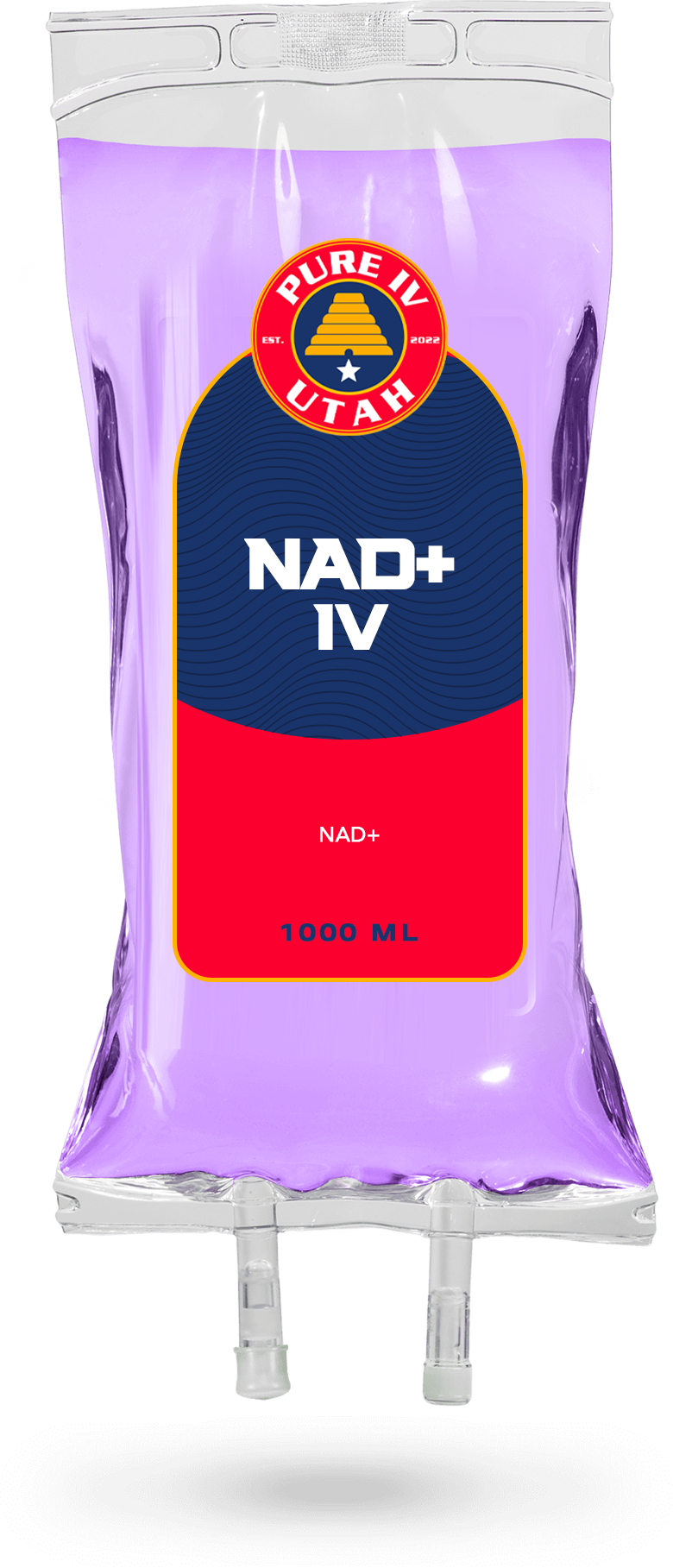Food Intoxication Explained: The Hidden Danger in Your Dinner

Medically reviewed by Micaela Strevay, FNP-C, PMHNP-BC
Joseph Lopez • July 24, 2025
Table of Contents
Introduction: More Than Just a Stomach Ache
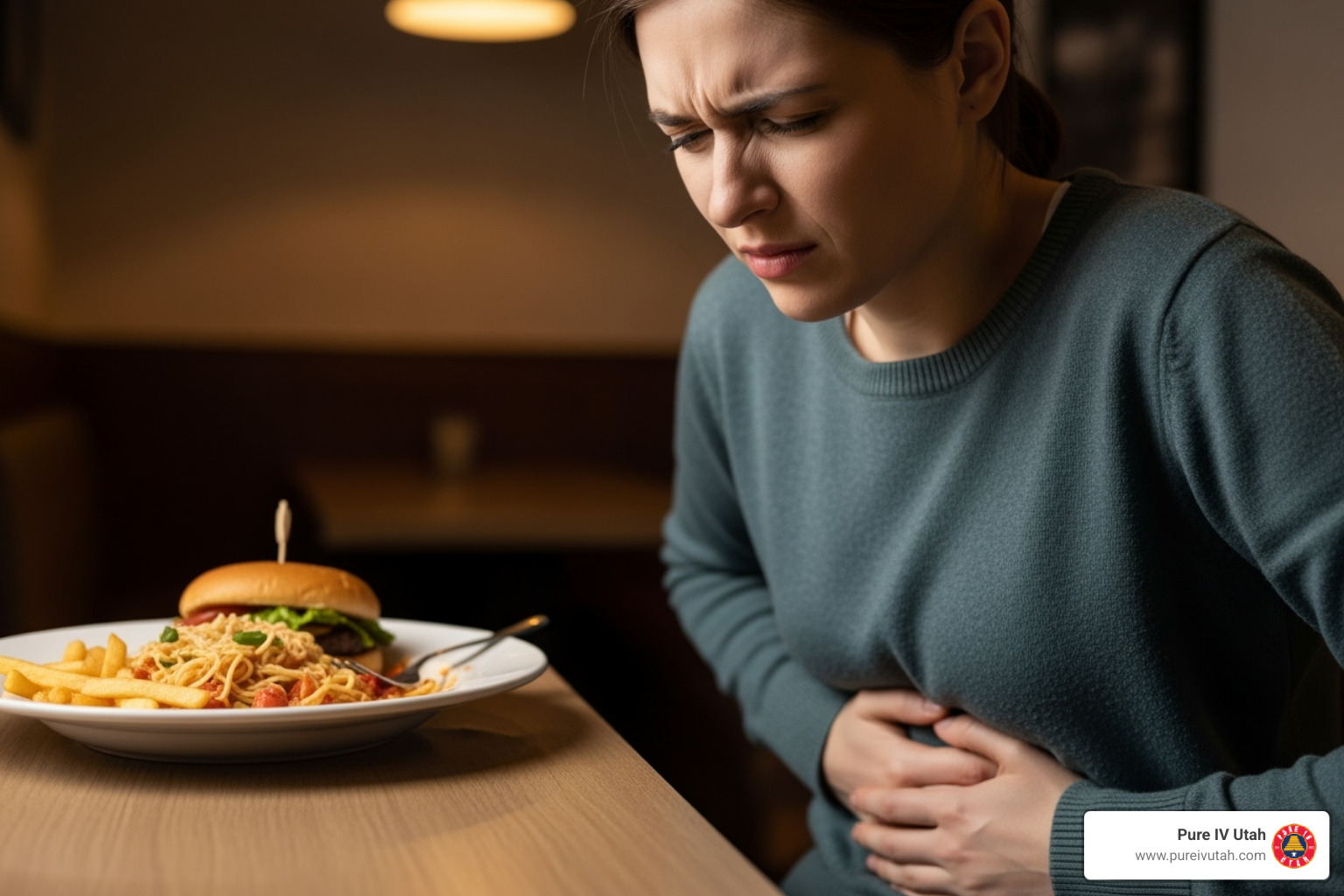
When you hear about getting sick from food, often people say "food poisoning." But did you know there's a specific type called food intoxication ? This happens when you eat food that contains toxins already made by germs. It's not about the germs growing in your body, but about the poison they left behind.
Heres a quick look at the core idea:
- Food Intoxication: You get sick from toxins (poisons) already in the food. These toxins were produced by bacteria growing in the food before you ate it.
- Food Poisoning (Infection): You get sick because live bacteria (or viruses/parasites) in the food multiply inside your body after you eat them.
This distinction is key to understanding how you get sick and how quickly symptoms appear.
Foodborne illnesses affect millions of people every year. In the United States alone, about 48 million people get sick from contaminated food. While many cases are mild, some can be serious, causing severe discomfort and even requiring hospital care.
Understanding the different ways food can make you sick is important for prevention and quick recovery. This guide will help you sort out the facts, especially about food intoxication, a hidden danger that can be in your dinner. We'll cover what it is, what causes it, how to spot the signs, and what you can do to stay safe.
As Joseph Lopez PIVU, my experience leading Pure IV Utah has given me insight into helping individuals recover from the severe dehydration and discomfort that can arise from conditions like what is food intoxication . Our mobile IV therapy services are designed to provide rapid relief and support, making health and wellness accessible directly to you.
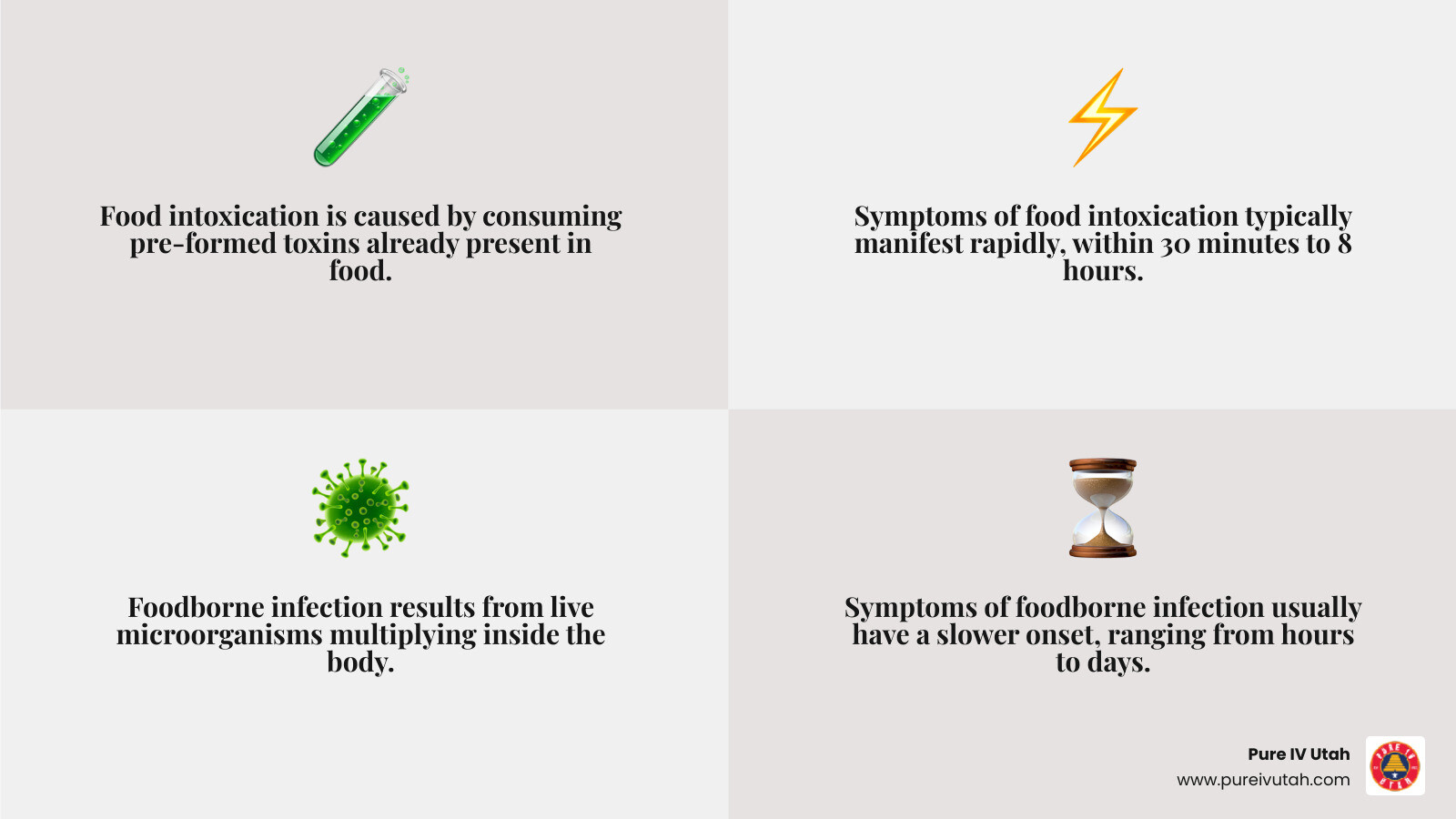
What is Food Intoxication? The Critical Difference
When we talk about getting sick from food, terms like "food poisoning" and " food intoxication " often get used like they mean the same thing. But there's a really important difference that helps us understand how these illnesses happen and, more importantly, how we can stop them.
At its heart, food intoxication means you get sick from eating food that already has poisons, or toxins , in it. These toxins are made by tiny germs, usually bacteria, as they grow and multiply in the food before you even take a bite. The key here is "pre-formed." It means the toxins are already there, waiting.
Think of it this way: the bacteria are like little factories. They produce "waste" products, which are the toxins. When you eat food with this "waste," you get sick from the poison, even if the bacteria themselves aren't alive anymore or don't grow inside you.
This is different from a foodborne infection. That's another type of "food poisoning" where you get sick because you ate food with live harmful germs (like bacteria, viruses, or parasites). Once these live germs are inside your body, they multiply and cause the illness.
So, "food poisoning" is actually a big, general term that covers both food intoxication and foodborne infections. The main difference is who the real bad guy is: for intoxication, it's the toxin ; for infection, it's the live germ. This often changes how fast you feel sick and if you get a fever.
Here's a simple table to help you see the main differences:
| Feature | Food Intoxication | Foodborne Infection |
|---|---|---|
| Cause | Pre-formed toxins made by bacteria in food | Live germs (bacteria, viruses, parasites) |
| Onset Time | Super fast (often within hours) | Slower (hours to days, sometimes weeks) |
| Fever | Often not present or very mild | Usually present |
| Common Germs | Staphylococcus aureus , Clostridium botulinum , Bacillus cereus | Salmonella , E. coli , Campylobacter , Norovirus |
The biggest thing to remember about what is food intoxication is that you're getting sick from the poison, not the germ itself. This means that even if you cook food really well and kill all the bacteria, the toxins they made might still be there. Many of these toxins are "heat-stable," meaning heat doesn't destroy them. That's why handling and storing food safely before you cook it is super, super important!
The Toxic Trio: Primary Causes of Food Intoxication
When it comes to what is food intoxication , a few bacterial culprits are especially notorious for producing the pre-formed toxins that wreak havoc on our digestive systems. Let's dig into the primary offenders that can turn our delicious dinner into a digestive disaster.
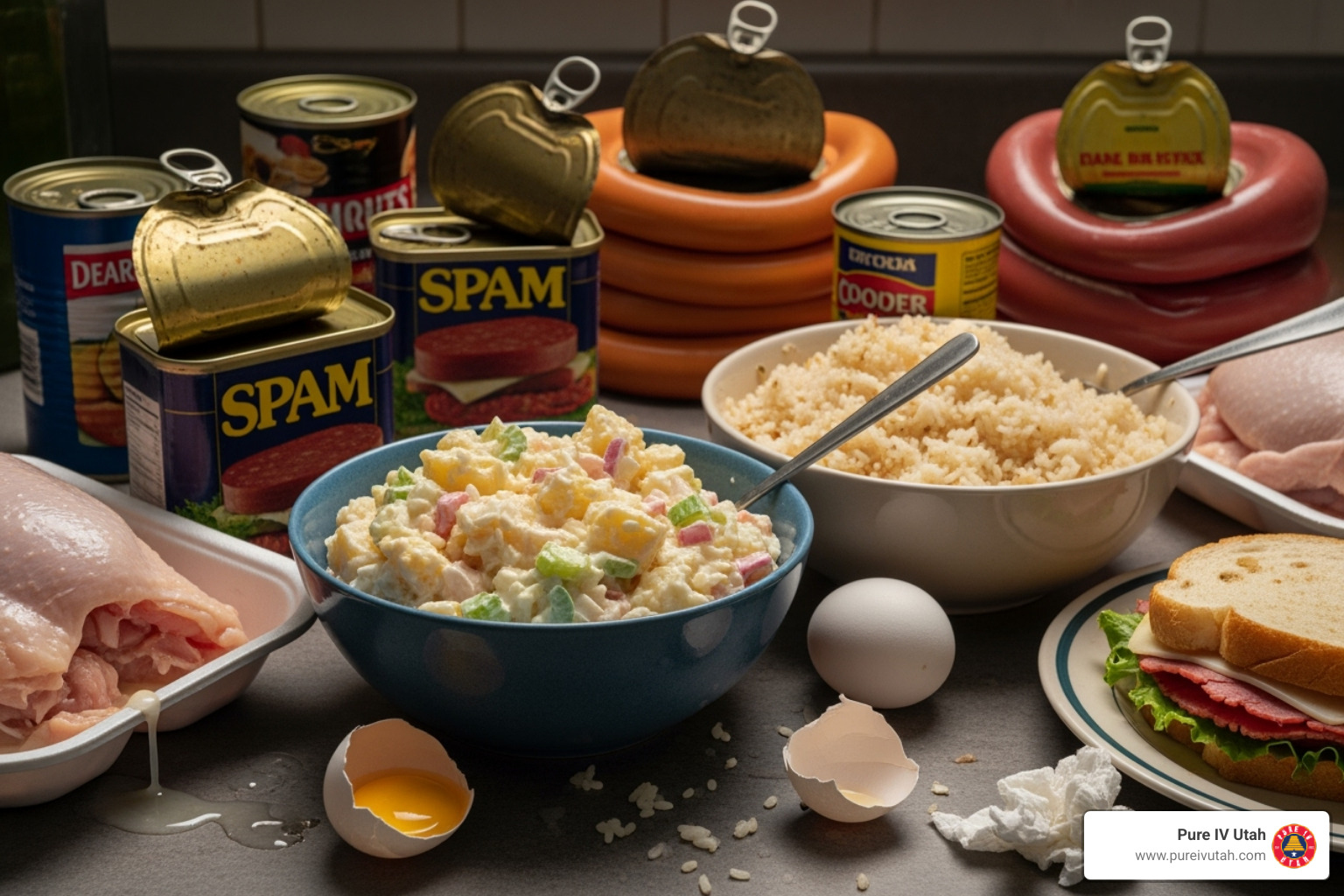
Staphylococcus aureus
This common germ is found on the skin and in the noses of about 30% of people. While usually harmless, it can produce toxins in foods that are handled extensively and not kept at proper temperatures. High-risk foods include pastries, custards, sandwiches, and sliced meats. A key danger of Staphylococcus aureus is that its toxins are heat-resistant. Cooking may kill the bacteria, but the toxins remain, causing illness. Symptoms appear rapidly, often within 30 minutes to 8 hours. You can find more information on Staphylococcal Food Poisoning from the CDC.
Clostridium botulinum
This bacterium causes botulism, a rare but severe illness. Clostridium botulinum thrives in low-oxygen environments, making improperly canned or preserved foods a primary risk, especially home-canned vegetables. Its neurotoxin is extremely potent, affecting the nervous system and causing symptoms like blurred vision, difficulty speaking, and muscle weakness. The bacterial spores are heat-resistant, so proper canning techniques are vital. While commercial canning is safe, most botulism cases are linked to home-preserved foods. For more details, you can refer to the Botulism fact sheet from WHO.
Bacillus cereus
Often linked to "fried rice syndrome," Bacillus cereus is found in many foods, but it's notorious for contaminating starchy items like rice and pasta that are cooked and left at room temperature. It produces two types of toxins: one causing vomiting (emetic) and another causing diarrhea. The emetic toxin acts quickly (30 minutes to 6 hours), while the diarrheal toxin takes longer (6 to 15 hours). This is why quickly chilling leftover rice is so important.
Other Toxin Producers
While the "toxic trio" are major players, other bacteria can also produce toxins that cause illness. Some special strains of Escherichia coli (E. coli), for instance, can produce powerful Shiga toxins, leading to severe symptoms. Certain types of Clostridium perfringens , often called "the cafeteria germ" because it's linked to food left for long periods in steam tables or at room temperature, can also produce toxins that cause food intoxication.
Understanding these primary causes helps us appreciate why proper food handling, temperature control, and hygiene are our best defenses against the hidden dangers of food intoxication .
Recognizing the Red Flags: Symptoms, Onset, and Severity
When we're dealing with what is food intoxication , your body often sends out some very clear signals that something isn't quite right. Think of them as immediate red flags, letting you know that what you've eaten isn't sitting well at all.
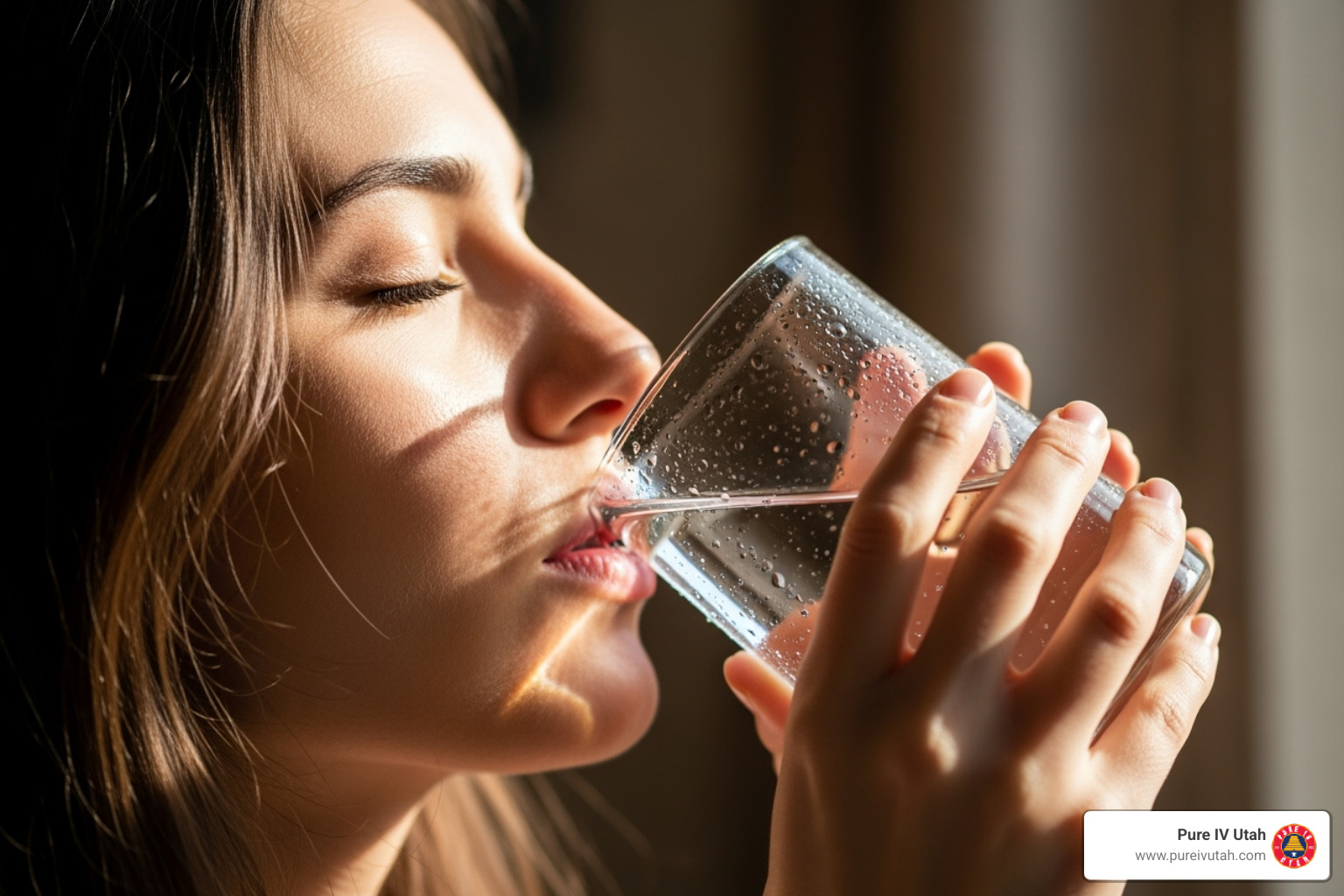
The signs of food intoxication are unmistakable and hit the digestive system hard: nausea , vomiting , intense abdominal cramps , and diarrhea . What truly distinguishes food intoxication is its rapid onset. Since you're reacting to pre-formed toxins, symptoms can appear anywhere from 30 minutes to 8 hours after eating. The CDC offers a guide on symptom onset times for different foodborne illnesses.
While most cases are short-lived, the main danger is dehydration from fluid loss. Signs include a dry mouth , thirst , dizziness , infrequent or dark urination, and extreme fatigue . If rehydrating by drinking fluids is difficult, an IV infusion for dehydration can rapidly restore fluids and electrolytes.
Certain groups are at higher risk for complications: infants, young children, older adults, pregnant women , and the immunocompromised . These individuals should seek medical advice promptly.
What is food intoxication's typical symptom timeline?
The typical journey of food intoxication is a whirlwind:
- Sudden Onset: Symptoms hit abruptly, often without warning.
- Peak Intensity: The most severe symptoms, like vomiting, usually occur in the first few hours.
- Duration: Thankfully, most cases are short. Symptoms typically resolve within 1 to 2 days as the body expels the toxins. You can learn more about how long food poisoning typically lasts.
When should you see a doctor for food intoxication?
While most cases resolve at home, seek immediate medical attention for any of the following:
- Severe Symptoms: Bloody diarrhea , a high fever (over 102°F or 38.9°C), frequent vomiting that prevents you from keeping liquids down, or diarrhea lasting more than 3 days.
- Neurological Symptoms: Blurry vision , droopy eyelids , slurred speech , difficulty swallowing, or muscle weakness . These are signs of possible botulism and require emergency care.
- Signs of Severe Dehydration: Extreme thirst, little to no urination, and severe dizziness.
- High-Risk Individuals: If the sick person is an infant, young child, older adult, pregnant, or has a weakened immune system, contact a doctor early.
When in doubt, always consult a healthcare professional.
Your First Line of Defense: Preventing Food Intoxication
When it comes to what is food intoxication , prevention is paramount. Most cases are entirely preventable by following simple food safety practices. The CDC recommends four core steps: Clean, Separate, Cook, and Chill.
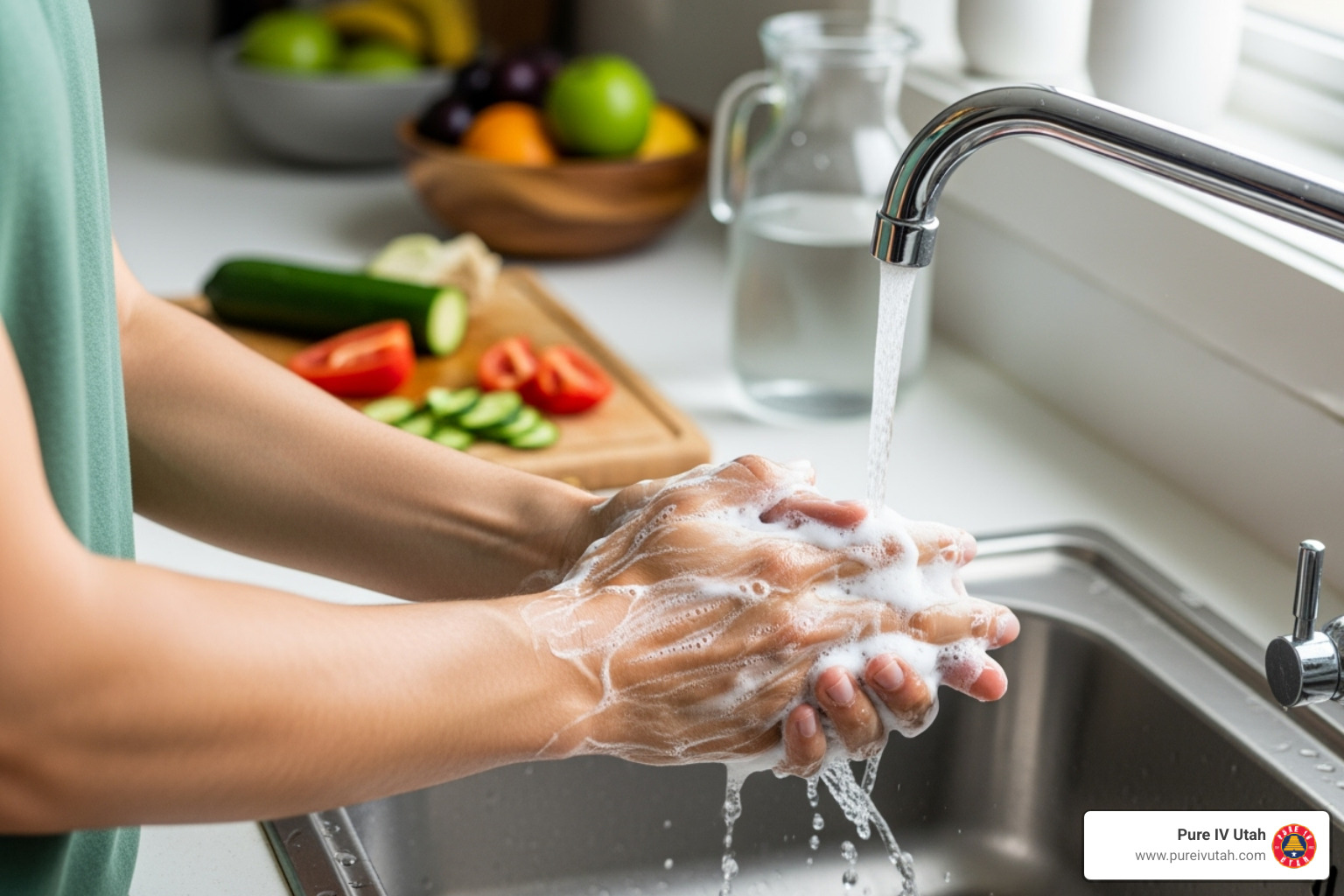
- Clean : Always wash your hands thoroughly with soap and water for at least 20 seconds before and after handling food. Wash surfaces, utensils, and cutting boards with hot, soapy water. Rinse fresh fruits and veggies under running water.
- Separate : Prevent cross-contamination by using separate cutting boards for raw meats and produce. Keep raw meat, poultry, and seafood separate from ready-to-eat foods in your grocery cart, refrigerator, and during meal prep.
- Cook : Use a food thermometer to ensure food reaches a safe minimum internal temperature, which kills bacteria before they can produce toxins. Keep hot food above 140°F (60°C) until served.
- Chill : This step is critical for preventing toxin formation. Refrigerate perishable foods within 2 hours (or 1 hour if it's over 90°F/32°C). Bacteria thrive in the "Temperature Danger Zone" between 40°F (4°C) and 140°F (60°C). For more details, see the USDA Danger Zone info. Always thaw food safely in the refrigerator, cold water, or microwave—never on the counter.
Canning Safety
For those who love home canning, extra caution is absolutely necessary to prevent botulism. You must follow tested recipes and proper canning methods religiously . This means using a pressure canner for low-acid foods (like most vegetables, meats, and seafood) to make sure you reach the high temperatures needed to destroy those tough Clostridium botulinum spores. Don't ever rely on water bath canning for these types of foods.
Discarding Suspicious Food
Here's a golden rule: when in doubt, throw it out! Even if food looks, smells, or tastes perfectly normal, it could still be harboring dangerous toxins. Never consume food from cans that are dented, bulging, or leaking , or if they have any unusual odors. These can be serious red flags for Clostridium botulinum growth. And if perishable food has been left out at room temperature for more than two hours (or just one hour on a hot day), it's truly best to discard it. It might seem fine, but harmful toxins could be silently forming.
By diligently following these simple yet incredibly powerful steps, you can significantly reduce your risk of experiencing the unpleasant and potentially dangerous effects of food intoxication .
Treatment and Recovery: How to Bounce Back Safely
When we unfortunately find ourselves dealing with the aftermath of what is food intoxication , our main goals are pretty clear: make the symptoms less miserable, prevent any serious issues, and help our bodies get back to feeling like themselves again. While most cases are a bit like a bad dream that passes on its own, knowing how to properly care for ourselves is super important.
Managing Symptoms at Home
For mild to moderate cases of food intoxication, your home is usually your best recovery spot. Here’s how to give your body the best chance to bounce back:
- Rest: Your body needs to conserve energy to heal, so get plenty of rest.
- Hydrate: This is the most critical step. Combat fluid loss from vomiting and diarrhea by sipping clear liquids. Water is good, but oral rehydration solutions (ORS), clear broths, and decaffeinated teas are better for replacing lost electrolytes.
- Eat Gently: When you can keep food down, start with bland items like the BRAT diet (Bananas, Rice, Applesauce, Toast), crackers, or boiled potatoes.
- Avoid Irritants: Stay away from fatty, spicy, sugary, or greasy foods, as well as dairy, caffeine, and alcohol, which can worsen symptoms.
Why Antibiotics Don't Work
It's a common thought that if you're sick, you need antibiotics. But when it comes to food intoxication , antibiotics are generally not going to help. Why? Because the illness isn't caused by an active bacterial infection multiplying in your body. It's caused by those pre-formed toxins that were already in the food. Antibiotics are designed to kill bacteria, not to neutralize the poisons they've left behind. In some cases, taking antibiotics for certain types of food poisoning can even make things worse or prolong your recovery.
Medical Intervention
While most of us can recover from food intoxication at home, there are definitely times when it's smart to call in the pros. Especially if your symptoms are severe or just won't go away.
- IV Therapy: For severe dehydration, when you can't keep fluids down, intravenous (IV) therapy is the fastest way to recover. At Pure IV Utah, our mobile services bring IV hydration directly to you. A licensed nurse can administer fluids, electrolytes, and vitamins to quickly alleviate symptoms like fatigue, dizziness, and nausea. Our specialized IV therapy for food poisoning symptoms and IV therapy for nausea are designed for rapid relief in the comfort of your home.
- Antitoxin for Botulism: Now, for the very rare and severe illness caused by Clostridium botulinum (botulism), there's a specific treatment called an antitoxin. This is a medical emergency and needs to be given quickly in a hospital setting to neutralize the potent toxin and prevent further damage.
- Other Medications: Your doctor might suggest anti-nausea medications to help calm your stomach. Anti-diarrhea medications might be used carefully, but they're often not recommended if you have a fever or bloody diarrhea, as they can sometimes keep toxins in your body longer.
What is food intoxication treatment at home?
To sum up the key steps for treating food intoxication at home, remember these simple guidelines:
- Sip small amounts of clear liquids often.
- Avoid solid foods until vomiting stops.
- Gradually reintroduce bland foods (BRAT diet).
- Avoid caffeine, alcohol, and irritating foods.
- Get plenty of rest.
If your symptoms get worse, you start showing signs of severe dehydration, or you're in a high-risk group (like very young children or older adults), please don't hesitate to reach out for medical help. We're here to help you recover and feel your best again!
Conclusion: Stay Informed, Stay Safe
We've learned that what is food intoxication is a specific illness caused by pre-formed toxins in food, leading to rapid and severe symptoms. Understanding the causes, from Staphylococcus aureus to Clostridium botulinum , highlights the importance of prevention. Your best defense is practicing safe food handling: Clean, Separate, Cook, and Chill .
While most cases resolve, dehydration is a serious risk, especially for vulnerable individuals like children and the elderly. Knowing when to seek medical help is crucial.
When severe dehydration strikes, professional help can make all the difference. At Pure IV Utah, we understand how debilitating food intoxication can be. Our licensed nurses provide fast, convenient mobile IV therapy across Utah, from Salt Lake City to St. George. We bring in-home IV hydration and vitamin treatments directly to you, with no travel fees, to help you recover quickly by replenishing vital fluids and nutrients.
Stay informed, practice safe food habits, and remember we're here to help. If you're battling the effects of food intoxication, learn more about our Food Poisoning IV services and let us help you get back on your feet.
